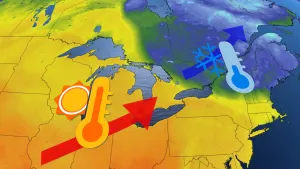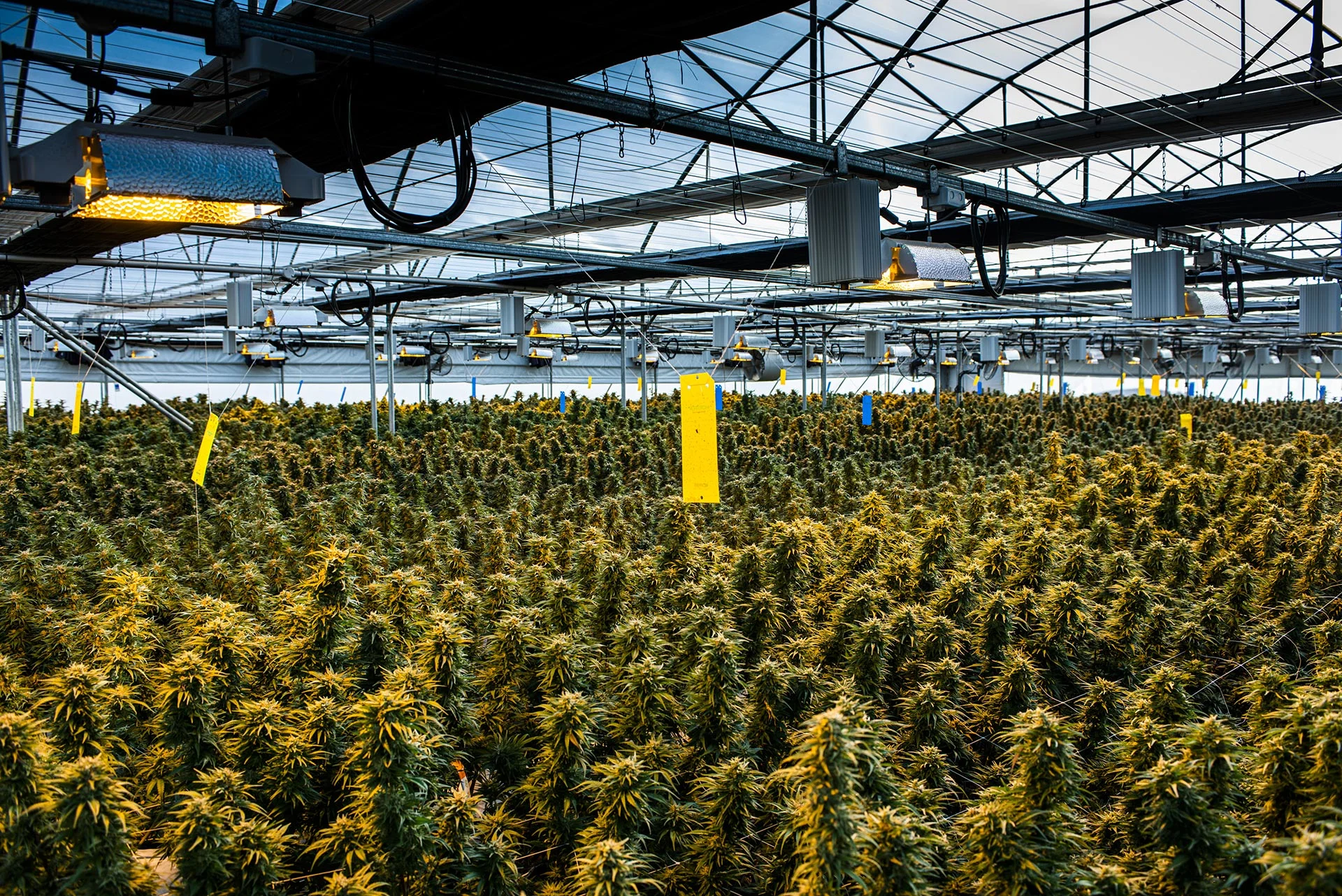
Cannabis cultivation has an enormous carbon footprint, study finds
Canada’s cleaner electricity means northern cannabis is often greener than legal grow ops in the U.S.
A study published in Nature Sustainability reports that indoor cannabis operations can be a significant source of carbon emissions. In just the state of Colorado, researchers estimated 2.6 million tons of carbon are emitted from such operations each year, which is equivalent to the annual emissions from 520,000 vehicles. Or in Colorado’s case, where cannabis has been legal since 2012, it’s like adding 30 per cent more vehicles to its roadways.
“It takes a lot of energy to turn outdoor weather into happy plant weather, especially in colder climates,” said co-author Hailey Summers, a Mechanical Engineering and Sustainability researcher at Colorado State University. The study quantified and analysed the greenhouse gas emissions produced by cannabis growers across several states where the plant is legally grown.
Although powerful growing lights are big energy hogs, Summers was surprised to learn that the heating, ventilation, and air conditioning (HVAC) systems generally required the most amount of energy. Ventilation rates are far higher in grow ops than in homes — up to 60 air exchanges per hour compared to 0.35 in a home.
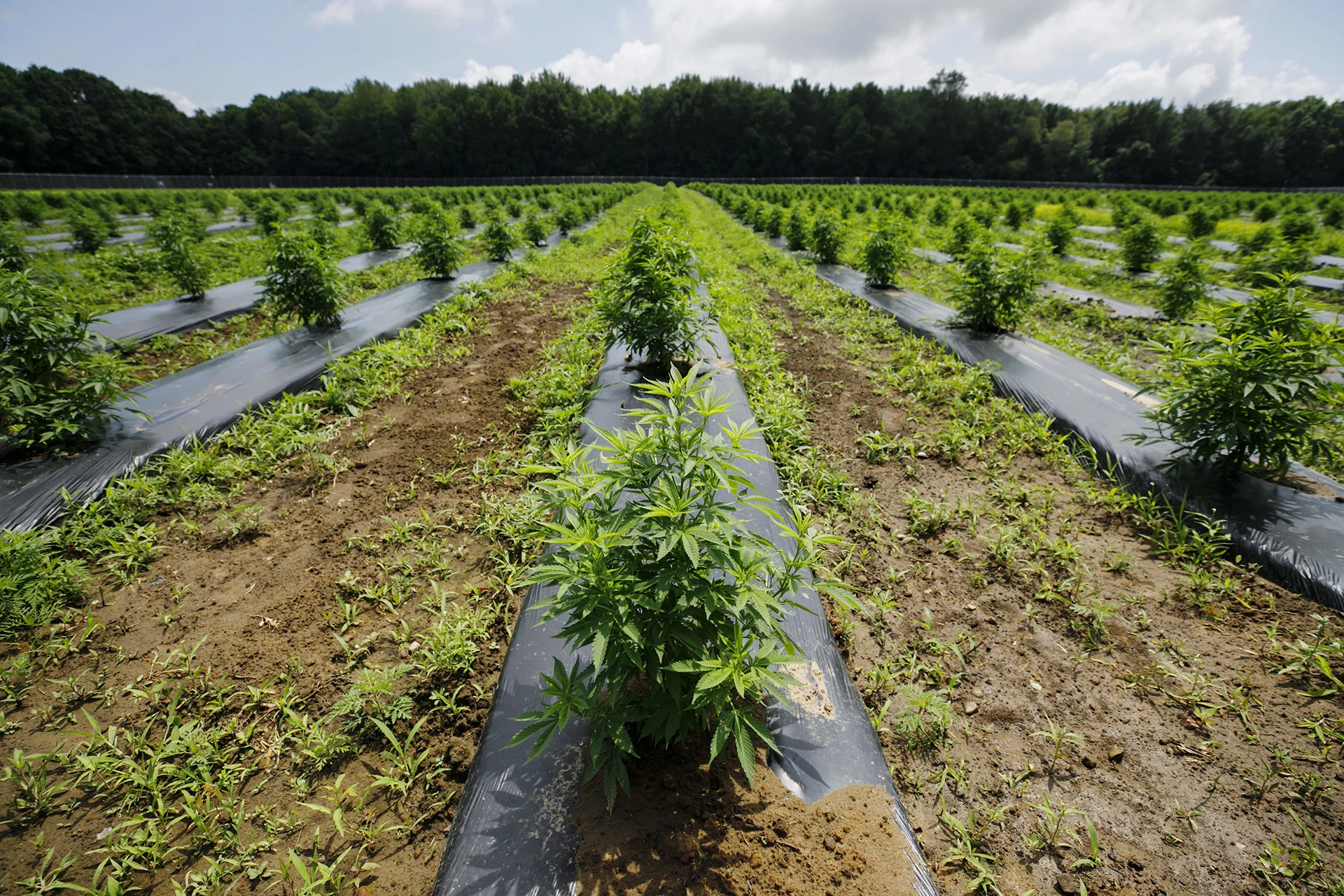
Credit: Bloomberg Creative. Getty Images.
There’s a wide range in how much ventilation operations use and it’s a major factor in their carbon footprint according to Summers. This is particularly true for growers who add carbon dioxide to speed growth. With higher air exchange rates, more carbon dioxide would have to be pumped in.
LOCATION LOCATION LOCATION
Location is the biggest overall factor in terms of carbon emissions, which ranged from 2.3 to 5.2 tonnes of carbon dioxide per kilogram of dried flower produced. For reference, the average car emits 4.6 tonnes of carbon dioxide in a year according to the US EPA.
“We never expected to see such a huge variation across the country,” Summers said.
Digging into the data revealed that the local climate and the carbon intensity of the electricity grid were the biggest factors in this variation. A grow op in cold dry climate with coal-generated electricity will have a big carbon footprint. However, a facility in Hawaii was one of the highest due to the region's extreme humidity and electricity generated from burning oil.
“I’m not surprised the carbon emissions are so high,” says Ian Clarke, Interim Dean at OCAD University in Toronto and the head of a research project on solar-heated greenhouses. “The profits from growing cannabis are so high there’s little interest in saving energy,” Clarke told The Weather Network.
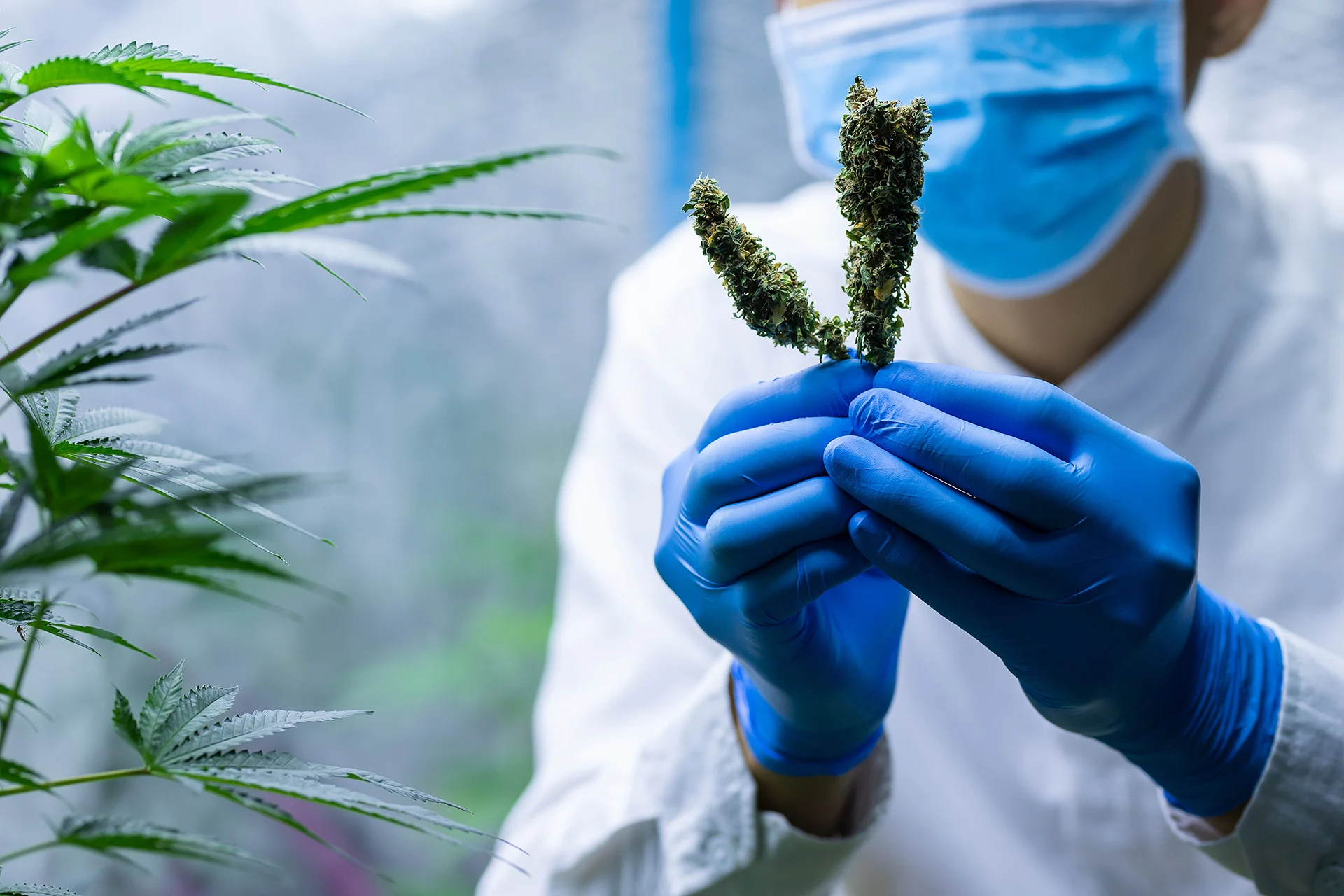
Credit: Pramote Polyamate. Moment. Getty Images.
Cannabis is a fast growing business in the U.S. and Canada, and Summers research could point to the best locations for lowering the industry’s carbon footprint. Sales in the U.S. reached US$ 13.6 billion, while sales in Canada reached C$ 2.6 billion in 2020, with demand 120 per cent higher than 2017 according to Stats Canada.
CANADA’S GREENER GRASS
Cannabis is largely greener (has a lower carbon footprint) in Canada because 82 per cent of electricity production is from non-carbon emitting sources like hydro, wind and nuclear power. Electricity in British Columbia and Quebec is almost entirely hydro and renewable energy and these provinces are arguably the best places for growing the greenest cannabis. Roughly one third of Canada’s 275 licensed growers are located in those locations. Not all growers are indoor operations — about 620 hectares of land in Canada is licensed for outdoor production.
Summers and colleagues didn’t investigate carbon emissions from greenhouse or field-grown cannabis. Preliminary investigations suggest that compared to indoors, greenhouse growing and outdoor cultivation practices could reduce emissions 42 and 96 per cent respectively. However, there are many other factors to consider such as land use change as outdoor operations need many times more land than indoors to produce the same amount. And far less water is needed with indoor growing.
Greenhouse growing can also have a massive carbon footprint Clarke points out. Tomatoes grown in large greenhouse operations in southwestern Ontario in winter have a much larger carbon footprint than tomatoes imported from Mexico.
INDOOR URBAN FARMING
Land and water scarcity are two big drivers in what’s become a global movement to indoor food production known as vertical farming, which grows produce using soilless systems such as hydroponics, aquaponics, and aeroponics. Many cities already get some of their fresh greens, herbs, and vegetables from converted warehouses, factories, and in London, England, a disused subway tunnel.
Indoor urban farming is a US $2 billion market expected to reach more than $6 billion in 2023. It promises locally grown, fresh produce, harvested year-round using far less water and fertilizer and only rarely needs pesticides. The big downside is energy. Outside, the Sun’s energy is free, inside, light and ventilation use enormous amounts of electricity. Depending on the location, a head of lettuce grown indoors can have a carbon footprint 20 times larger than one grown outdoors, even when transported a long distance.
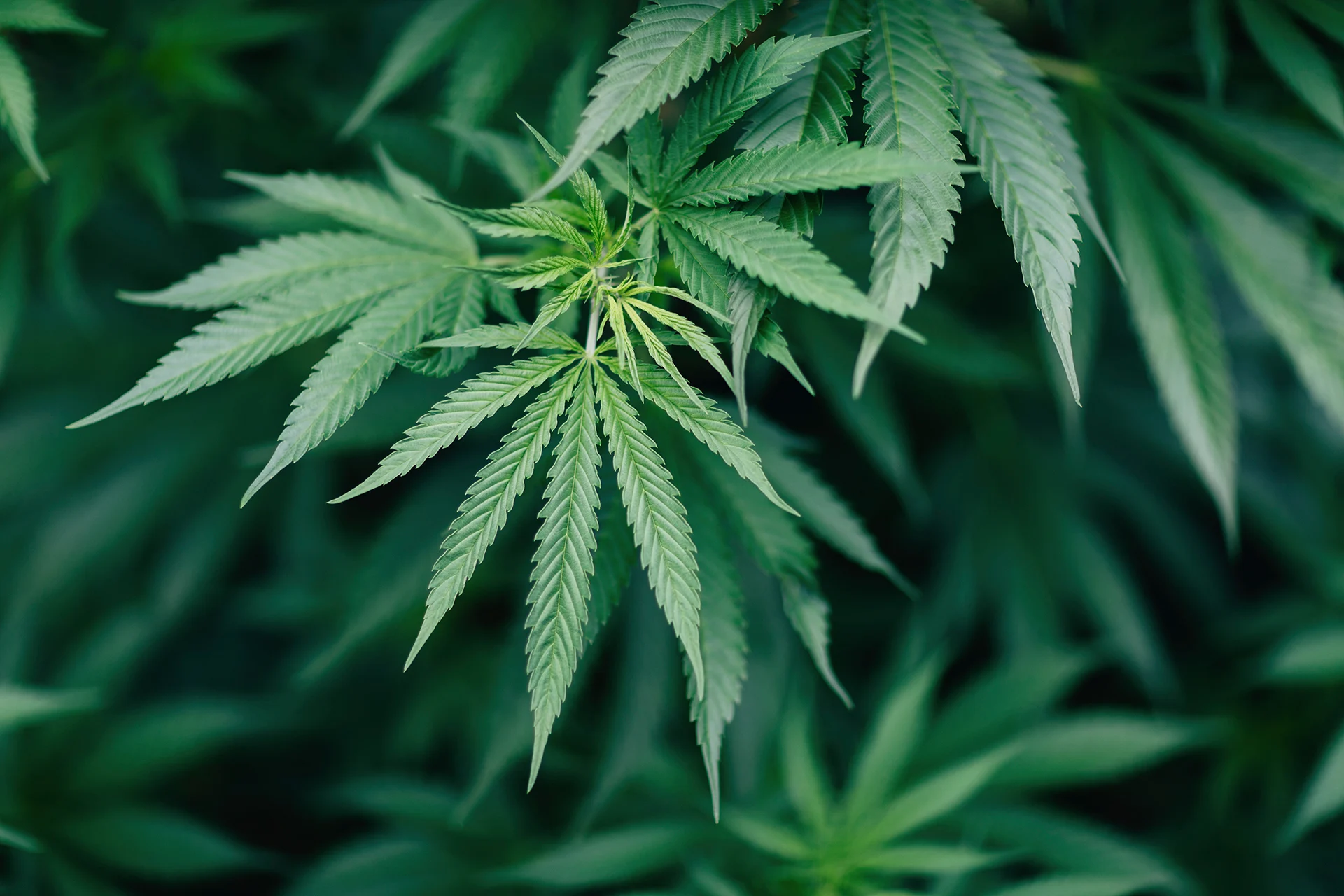
Credit: Norman Posselt. Getty Images.
“It’s great to grow food in cities but there are lots of ways it can be done wrong,” says Clarke. Passive or solar greenhouses require very little additional energy but are costly to build and are generally small in size. Utilizing the Sun as much as possible is the best way to go he says.
Any indoor growing is going to be energy and potentially carbon emission intensive, notes Summers’s co-author Jason Quinn, Director of the Sustainability Research Laboratory at the University of Colorado.
If the electricity is 100 per cent green, then the carbon footprint for 100 per cent indoor urban growing may be comparable to outdoor grown. “We have not quantified emissions from growing lettuce or tomatoes indoors,” Quinn noted, however, that is what they plan to work on this summer.
Cost is another story. The expense of renting buildings, purchasing lighting and other equipment along with the energy needed for indoor growing may limit it to higher-value products like cannabis and other herbs.
Thumbnail credit: Bloomberg Creative. Getty Images.










